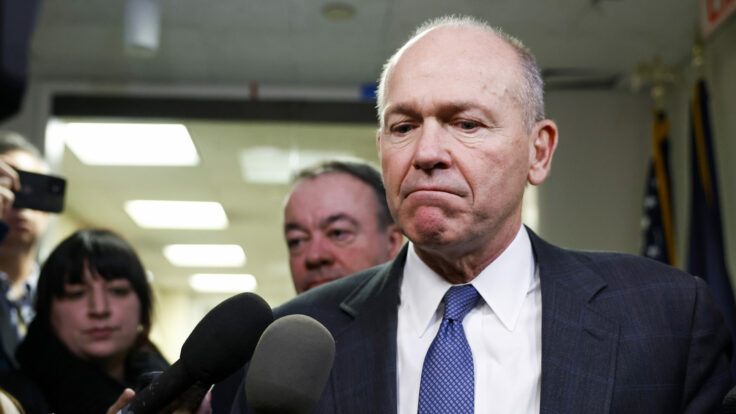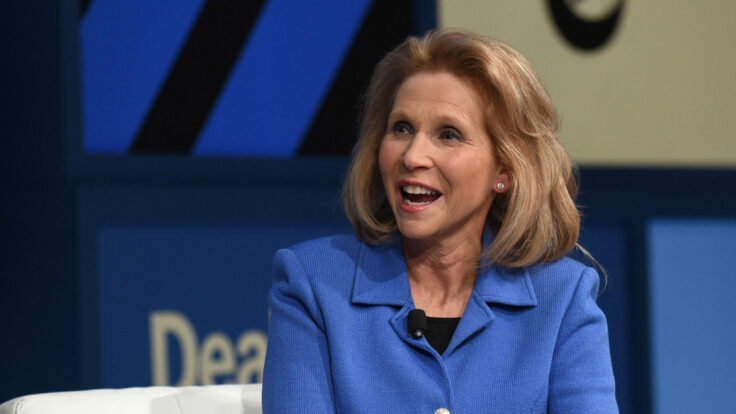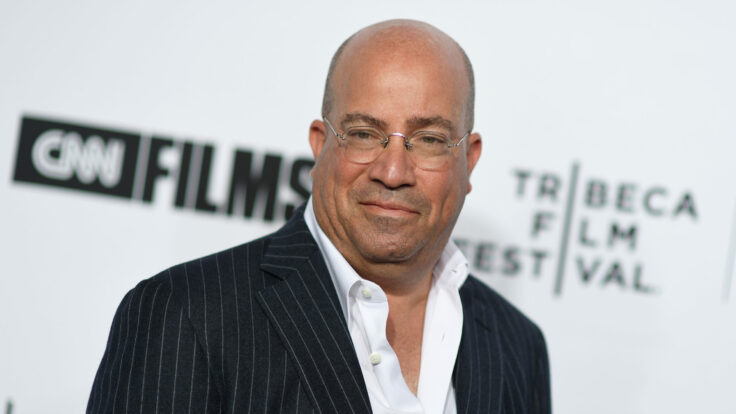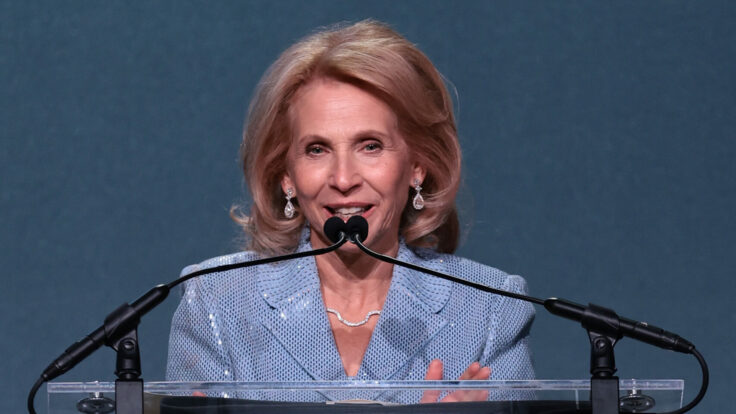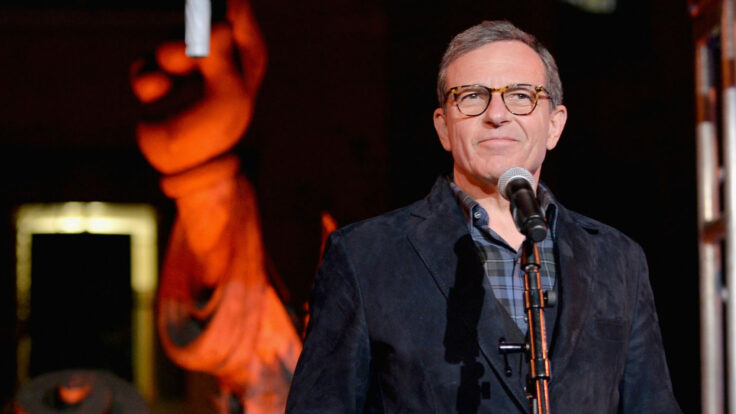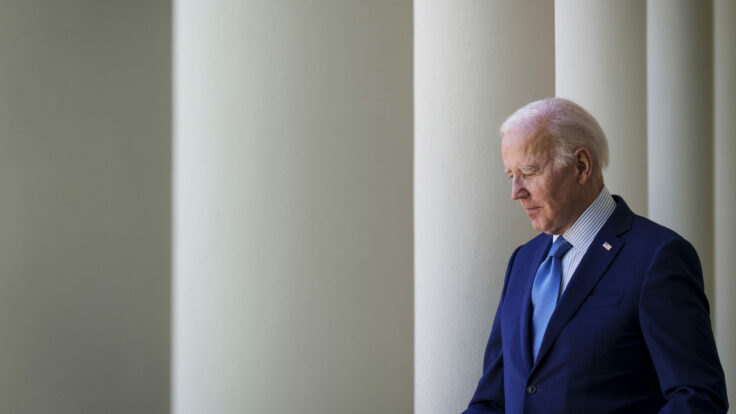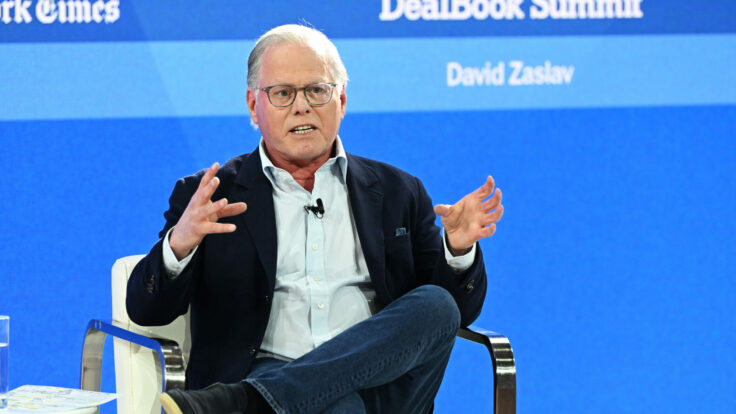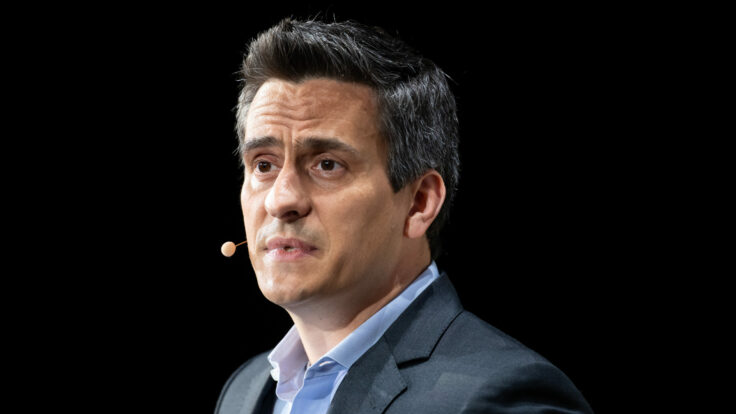Last week, Paramount Global announced topsy-turvy fourth quarter earnings. The company added nearly 10 million subscribers to Paramount+, its fledgling streaming service, and Pluto, its free ad-supported streaming tier, remains a viable business unit as cord-cutting accelerates. But the growth in streaming wasn’t large enough to offset a frosty advertising market and the secular decline in the affiliate fees business. Overall revenue declined about seven percent from the previous year, to $5.9 billion.
The earnings report underscored what has become a stark reality in the financial markets: Paramount Global is a conundrum of a company. It’s got some irreplaceable assets, including the CBS television network, Showtime, Comedy Central, Nickelodeon and the Paramount movie studio, home to Top Gun: Maverick, which has grossed nearly $1.5 billion worldwide since its release. It’s also got some major challenges, starting with governance.









